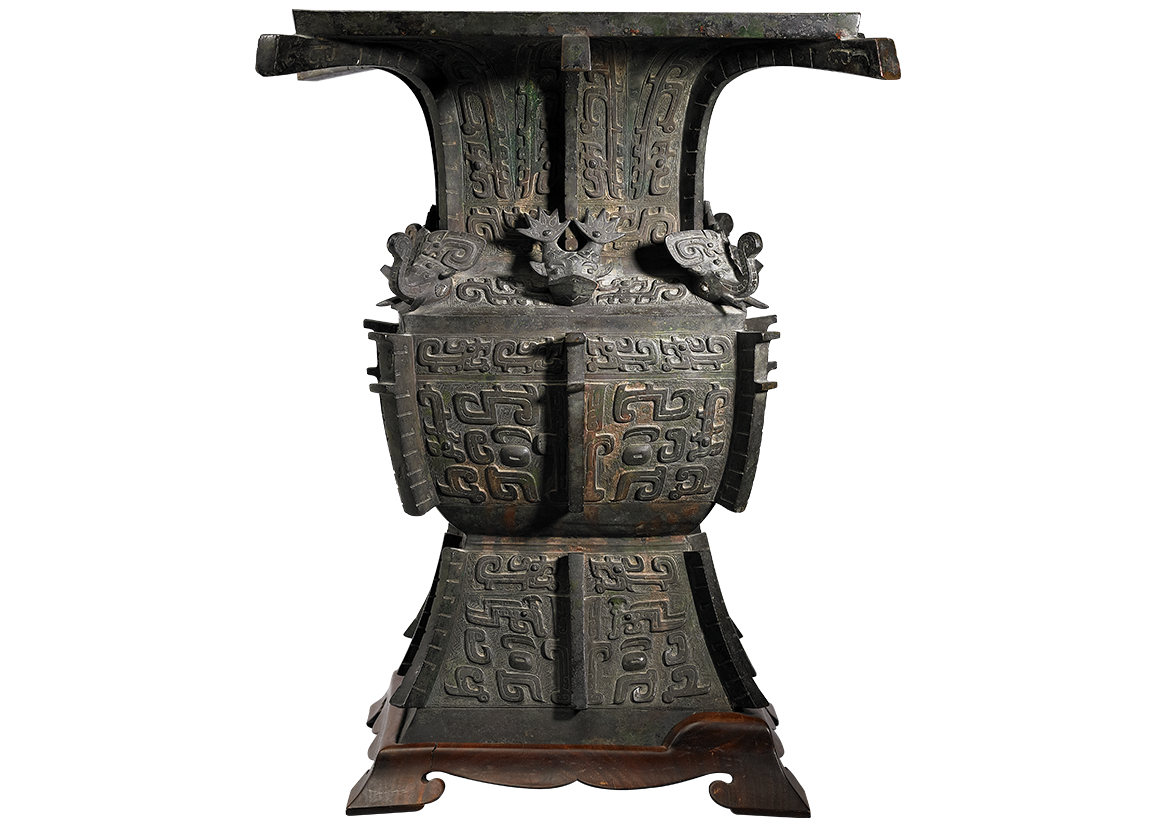Introduction
Emperor Qianlong (r. 1736-1795) amassed enormous ancient bronzes, which decorated halls and became a scenery in the Qing palaces like his other precious collections. Notably, he commissioned officials to measure, depict and write entries for these vessels. The sustained research effort—spanned sixty years during the Qianlong reign—resulted in three catalogues of imperial bronze collection. The most comprehensive official catalogues of their kind, this labor-consuming project produced visual documentation of numerous bronze antiquities at the Qing court in pre-modern China, an era without photography and digital archives.
Upon opening the bronze catalogues compiled during the Qianlong reign, we perceive the then perspective on the past. Bronze vessels, with their mysterious décor and ancient inscriptions, have been the subject of the ancients pursuit due to the intellectual curiosity for the Xia, Shang and Zhou periods. Selected and catalogued during Qianlong's time, those vessels not only reveal thoughts on historical artifacts but reflect intellectual changes in connoisseurship. Now that excavated materials and technical examination have renewed our understanding regarding the names, dates and regional styles of bronzes, we have more approaches to ancient civilizations through antiquities.
This exhibition features three themes. Firstly, "Profound Reflections on Antiquities: Emperor Qianlong and Ancient Bronzes" showcases the fun of collecting and the knowledge manifested in Qianlong's poems on bronzes and his catalogues. In the second section "Careful Delineation and Modelling: The Classification and Documentation of Bronzes," typologically arranged vessels illustrate how catalogues define the name and shape of a certain form, upon which other mediums were based. Thirdly, "Erudition Acquired from the Past: Bronze Assemblages Understood and Recreated" reflects the shift in scholarship from the perspective of ritual use, and recreates assemblages consisting of different vessels. Finally, a video clip in collaboration with our conservation technician presents the discovery of a pastiche vessel formerly in the imperial collection.

